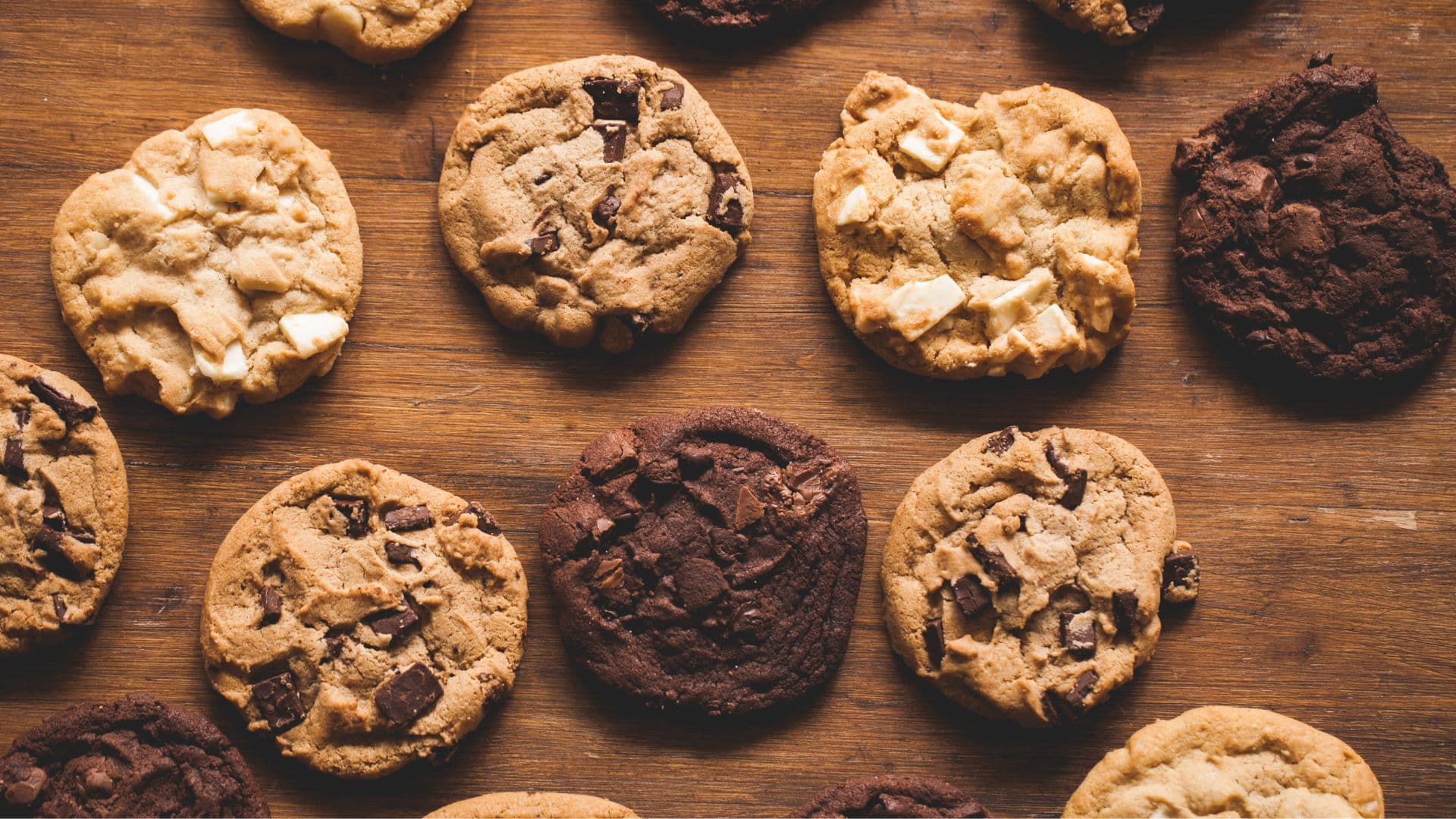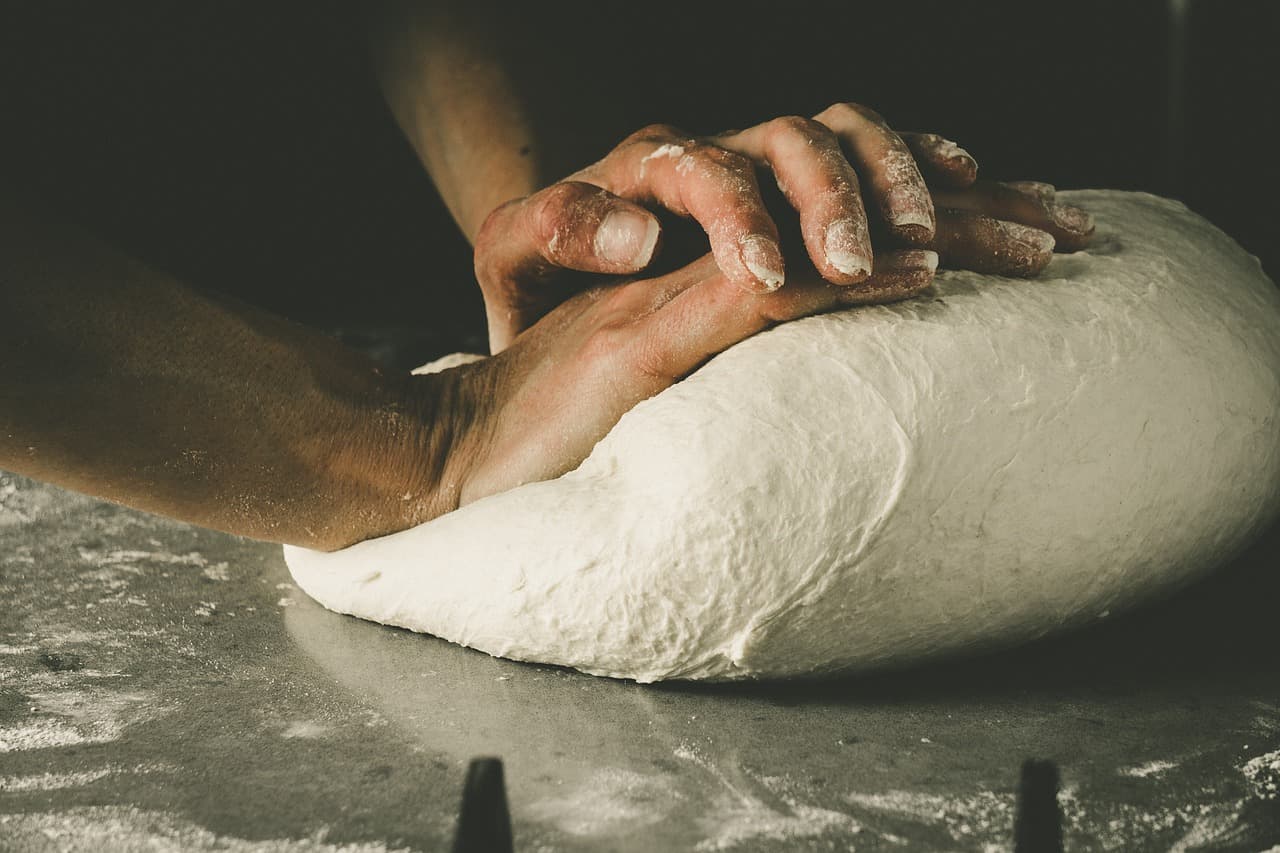The American Cookie
Learn to make perfect cookies with mix-and-match components. Discover how different bases, mix-ins, and baking techniques create endless cookie possibilities that suit any occasion.
Cookies have been a beloved treat in American households since the 1700s, evolving from simple Dutch teacakes into the countless varieties we enjoy today. What makes these foundation cookies special is their incredible versatility—they represent the core techniques and principles behind countless beloved cookie recipes, from chocolate chip to oatmeal raisin.
At their heart, great cookies balance just a few fundamental elements: a fat-sugar-flour base that provides structure and primary flavor, carefully chosen mix-ins that add complexity and texture, and a baking method that determines the final consistency. When these three components harmonize, the result is that perfect cookie experience—whether you prefer yours chewy, crisp, soft in the middle, or uniformly crunchy.
Mastering this modular approach to cookies gives you more than just a sweet treat—it provides a framework for endless creativity in your kitchen. Once you understand how each component affects the final result, you'll never need to search for another cookie recipe again. Instead, you'll have the confidence to create your own signature cookies, adapting to available ingredients, personal preferences, or specific occasions. This isn't just a recipe; it's a template for cookie mastery that will serve you for years to come.
Equipment Needed
- Kitchen scale

